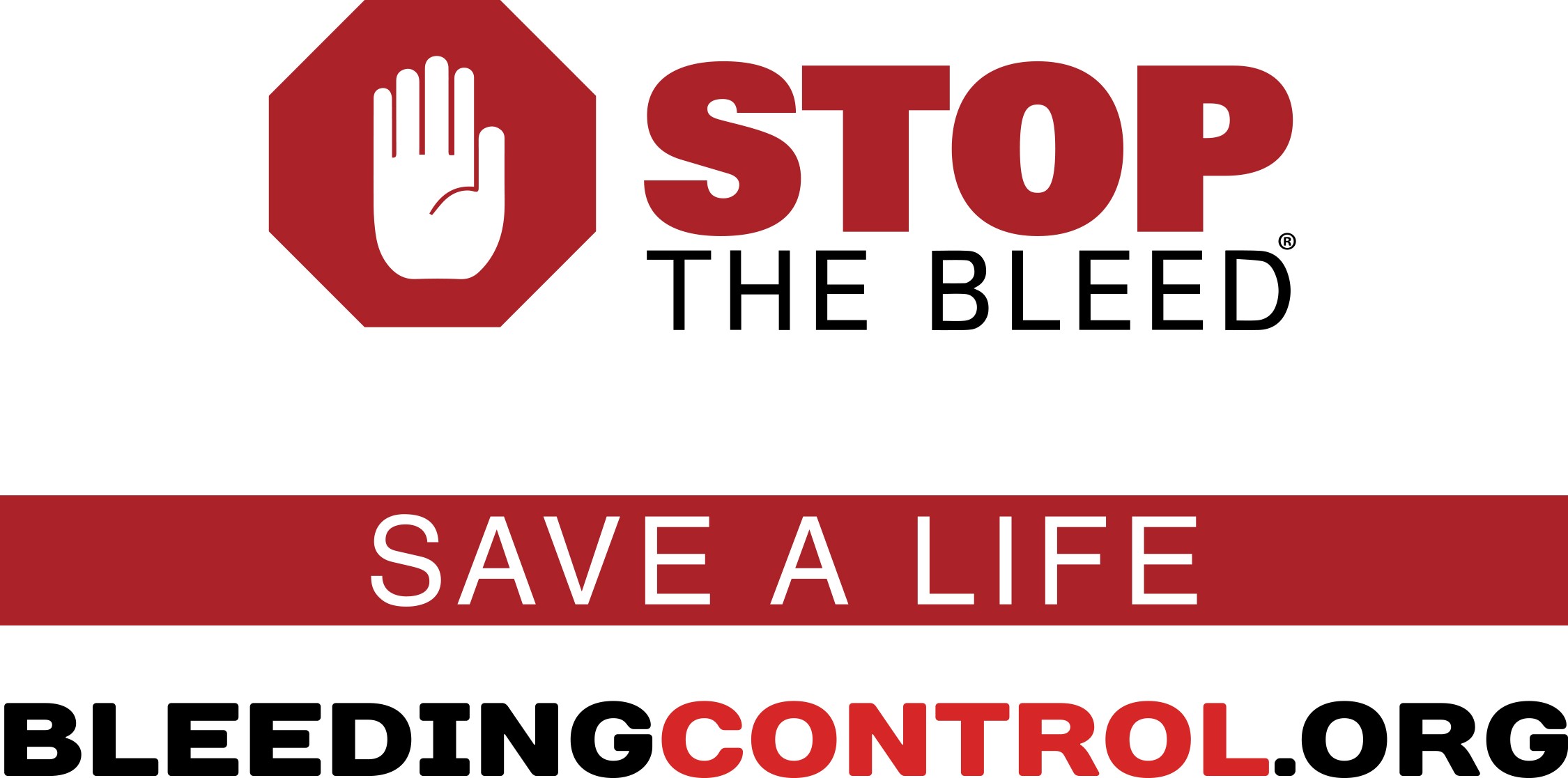About Stop the Bleed
In April 2013, just a few months after the active shooter disaster on December 14, 2012, at Sandy Hook Elementary School in Newtown, CT, the Joint Committee to Create a National Policy to Enhance Survivability from Intentional Mass Casualty and Active Shooter Events was convened by the American College of Surgeons (ACS) in collaboration with the medical community and representatives from the federal government, the National Security Council, the U.S. military, the Federal Bureau of Investigation, and governmental and nongovernmental emergency medical response organizations, among others.
The committee was formed under the guidance and leadership of trauma surgeon Lenworth M. Jacobs, Jr., MD, MPH, FACS, vice president of academic affairs and chief academic officer at Hartford Hospital, and professor of surgery, University of Connecticut School of Medicine, to create a protocol for national policy to enhance survivability from active shooter and intentional mass casualty events.
The committee’s recommendations are called the Hartford Consensus, and were published as a series of four reports.
The Hartford Consensus III: Implementation of Bleeding Control established three levels of responders to a trauma event:
- Immediate responders: The individuals who are present at the scene who can immediately control bleeding with their hands and equipment that may be available
- Professional first responders: Pre-hospital responders at the scene who have the appropriate equipment and training
- Trauma professionals: Health care professionals in hospitals with all of the necessary equipment and skill to provide definitive care
The Hartford Consensus III recognized the vital role that the first group, immediate responders, also known as bystanders could potentially play in controlling external hemorrhaging. While not proposing that “members of the public enter areas of direct threat or imminent danger”, if circumstances allow, properly trained immediate responders are a vital part of the chain care to control bleeding.
The Hartford Consensus IV: A Call for Increased National Resilience “championed the following acronym to summarize what we have determined are appropriate steps to ensure that the maximum number of victims of these tragic events can be saved:”
THREAT:
Threat suppression
Hemorrhage control
Rapid Extrication to safety
Assessment by medical providers
Transport to definitive care
The Hartford Consensus IV called for a national implementation of its standards and protocols. In response to this call, the American College of Surgeons developed training programs and resources under the umbrellas of Stop the Bleed and BleedingControl.org to provide a training framework and “a one-stop, online resource to credible information on bleeding control.”
The Connecticut Chapter of the ACS is working to support the efforts of the Connecticut Committee on Trauma and various organizations across the state to increase access to training and resources.

